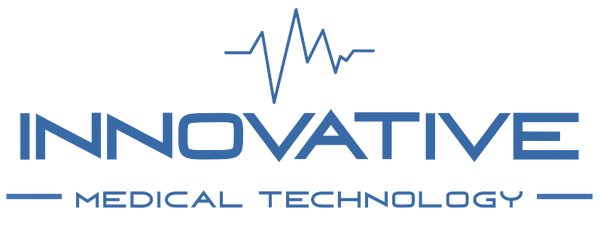Introduction
Cytology, a dynamic branch of medical science, delves into the microscopic examination of cells to unravel insights into cellular structures and abnormalities. In this blog post, we will embark on a journey to understand the definition of cytology, explore its advantages, and delve into the various methods employed in this fascinating field.
Definition of Cytology
Cytology, often referred to as cell biology, is the study of cells – the basic structural and functional units of living organisms. It involves the microscopic examination of cells to analyze their structure, function, and abnormalities. This field plays a crucial role in diagnosing diseases, understanding cellular processes, and guiding medical interventions.
Advantages of Cytology

Methods in Cytology
Pap Smear: Widely known for cervical cancer screening, the Pap smear involves collecting cells from the cervix and examining them for abnormalities.
Fine-Needle Aspiration (FNA): FNA is a minimally invasive procedure where a thin needle is used to extract cells from a suspicious mass or lesion for examination.
Brush Cytology: This method utilizes a brush to collect cells from the surface of organs like the urinary tract or esophagus, aiding in the detection of abnormalities.
Liquid-Based Cytology: Liquid-based cytology involves suspending collected cells in a liquid medium, enhancing the quality of the sample and improving diagnostic accuracy.
Conclusion
In conclusion, cytology stands as a cornerstone in the realm of medical diagnostics, offering valuable insights into cellular structures and functions. With its non-invasive nature, early detection capabilities, and diverse methodologies, cytology continues to play a pivotal role in shaping the landscape of modern healthcare. As technology advances, the field of cytology evolves, promising even greater precision and efficacy in the diagnosis and treatment of various diseases.
Read More
Pap Smear in details
Fine-Needle Aspiration (FNA)
LBC or Liquid-Based Cytology

